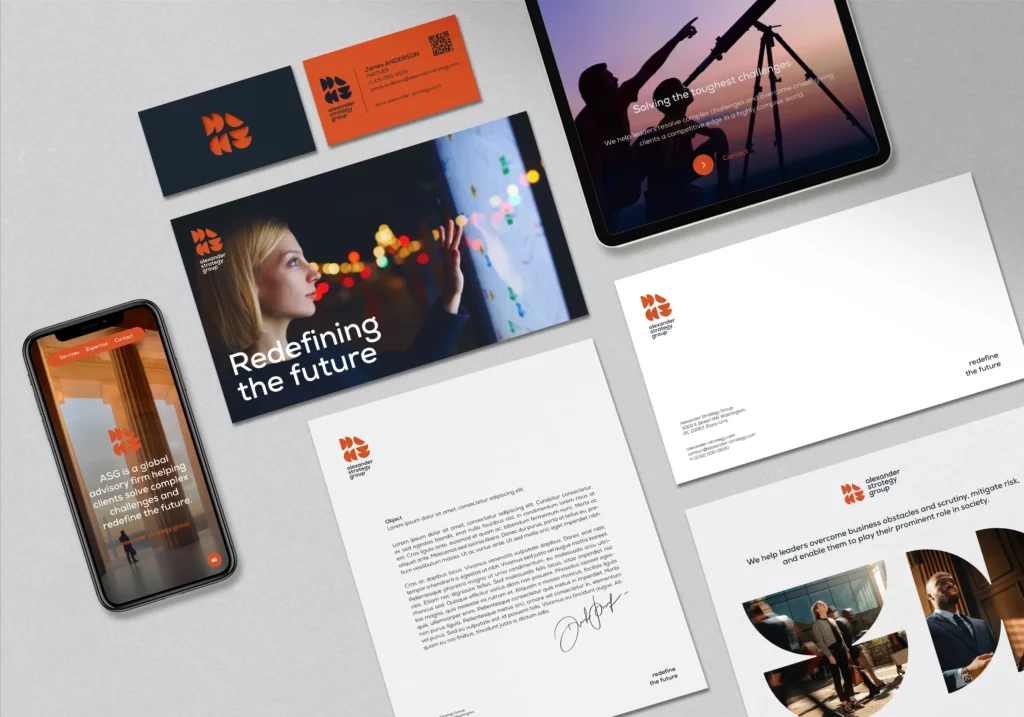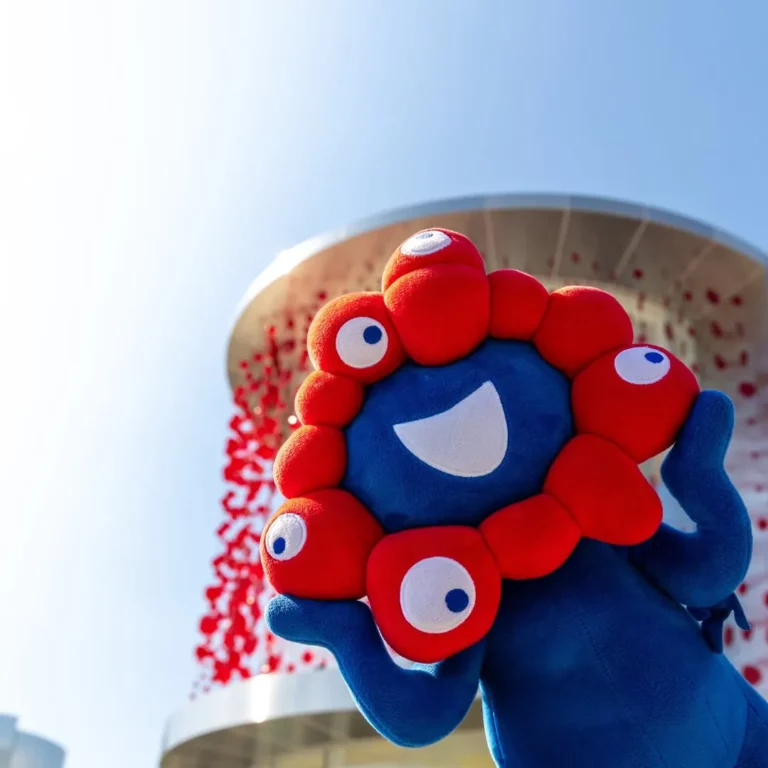Branding can feel abstract when you’re starting a business. Is it just a logo? A tagline? A color palette? In reality, branding is much bigger: it’s the way people perceive and remember your business. A strong brand can transform a product into a symbol, a service into a trusted partner, and a company into a movement.
As the American Marketing Association defines it, a brand is “a name, term, design, symbol, or any other feature that identifies one seller’s goods or services as distinct from others.” But in practice, branding is about shaping meaning and trust over time.
For entrepreneurs, understanding how branding actually works is crucial. Here’s a step-by-step process to build a brand from scratch and make it resonate.
Step 1: Clarify Your Purpose and Audience
Every brand begins with clarity:
- Why do you exist? What problem do you solve?
- Who do you serve? Entrepreneurs often try to reach “everyone,” but strong brands focus on specific audiences.
- What do you stand for? Values create alignment and attract like-minded customers, partners and teammates.
➡️ Example: When we partnered with Almadanya Foundation, its purpose — advancing equity in education — became the north star for every branding decision.
Step 2: Define Your Brand Positioning
Brand positioning answers the question: Why should someone choose you over others?
Key elements:
- Category: What industry are you in?
- Differentiator: What makes you unique?
- Promise: What outcome do customers get with you?
Positioning guides how your brand competes and communicates. According to Harvard Business Review, positioning is one of the strongest predictors of long-term brand performance.
Step 3: Build the Brand Identity
Identity makes your brand tangible. It has two layers:
- Visual identity: Logo, colors, typography, photography, and design system.
- Verbal identity: Name, tagline, tone of voice, and key messages.
Together, these create consistency across all touchpoints. As the Design Council UK notes, design-led companies outperform the market by 200%, showing the ROI of cohesive identity.
➡️ Example: For Tatada.fr, we created both visual and verbal identity systems, ensuring the playful name was matched with a bold, recognizable design.
Step 4: Craft the Brand Experience
Branding goes beyond visuals — it’s about experiences.
- Customer journey: Every interaction, from website to packaging to after-sales service, shapes perception.
- Digital presence: Social media, website, ads, and email campaigns should all feel coherent.
- Tone and behavior: How your brand speaks, responds, and engages.
According to McKinsey, consistent experiences drive customer loyalty more than any single campaign.
Step 5: Communicate and Market
A brand becomes powerful when it’s shared. Marketing is how branding comes to life in the market:
- Content marketing builds authority.
- Advertising drives awareness.
- Social media fosters engagement.
But marketing without branding risks being fragmented; branding gives the cohesion that makes marketing efficient.
➡️ Example: For the Princess Charlene of Monaco Foundation, we used branding (joyful, human storytelling) to guide campaigns, ensuring messages were clear, consistent, and emotionally engaging.
Step 6: Build Trust Through Consistency
Branding works when promises are kept. Over time, consistency builds trust:
- Visual consistency: Logos and colors used correctly everywhere.
- Message consistency: Same tone and values across channels.
- Experience consistency: Customers get what they expect.
Trust doesn’t come from one ad — it comes from showing up reliably, over and over again.
Step 7: Evolve With Purpose
Strong brands evolve without losing recognition.
- Refresh visuals to stay modern.
- Adapt messages as audiences change.
- Expand identity into new products or markets.
Think of branding as a living system. According to Forbes, evolving a brand with purpose can significantly extend its lifespan and relevance.
➡️ For Pavillon Monaco at Expo 2025 Osaka, branding is designed to evolve over the years — from initial logo to full digital ecosystem — ensuring relevance from launch to the global stage.
The Entrepreneur’s Takeaway
Branding works because it creates meaning + recognition + trust.
- Meaning through purpose and positioning.
- Recognition through identity and communication.
- Trust through consistent experiences.
For entrepreneurs, investing early in branding is not about vanity; it’s about survival and growth. It ensures that marketing dollars are not wasted and that customers remember — and return.



